What is marketing, and how does it work? If you go back just a few years, most veterinarians believed that marketing was unethical. Today, most veterinarians despise the word “marketing.” When you utter the term “promotions” to a veterinarian, he or she will almost certainly think of advertising services at a discount. Those ideas are examples of poor marketing and have had a big influence on the veterinary profession.
So, in the absence of advertising discounts, what does good marketing look like? Almost every time: Good marketing almost always includes:
- Identifying what information your target consumers are seeking is the first stage.
- Consider how your target clients research information and what tools they utilize when doing so.
- This phrase tells us what is expected of the copywriter: offers informative, useful, and intriguing information; meets the client’s demands; genuinely represents your company and begins to establish a relationship with the customer.
- It allows you to target your marketing and communications toward the client’s most common methods of finding information.
- Successfully encourages the client to take additional action, such as making an appointment.
Providing pet-care information to clients is an important element of a veterinary practice’s value proposition. It is the first step in attracting a new client, and it is a powerful tool for retaining current customers. Unfortunately, most veterinarians have fallen behind with changes in customer behavior and have become little more than the go-to source for pet care knowledge.
If you called a local veterinarian ten years ago, you would have been connected to one. This contact allowed the veterinary clinic to gain the pet owner’s trust, schedule an appointment, and develop a new client relationship.
Today, if a pet owner has a query, they go to Google. They enter the term “pet care” into the search bar and press “search.” Hundreds of criteria are used by Google’s search engine in order to evaluate which web pages appear to give the best information. The user clicks on one of the results, and that website now has a chance to influence their decision-making. Then, while still online, they continue their study on social media platforms, look at websites, and compare their choices before ever calling to schedule an appointment.
Veterinarians now have a major advantage over their competitors since consumers use digital information channels to assist them make choices.
There is huge value in doing a great job and assisting local pet owners at every step of the customer journey, especially as it becomes more complex. Those who get this right will be the ones to resist corporate consolidation and pressure from large corporate rivals. Excellent marketing may help your veterinary practice prosper for years to come.
That’s the good news.
So, what’s the bad news?
Not as simple as putting together a YellowPages ad, having an effective internet presence isn’t. It’s not a one-time occurrence. You can’t just set it and forget about it. There is no such thing as a “one-thing” that you can simply “try and see if it works.”
The complexity of an online presence is manifold. It necessitates the use of many components… sort of like a car engine. Even if someone stuck a brand new Lamborghini engine in your car, but it lacked a crucial part (like a fuel injector), it wouldn’t matter; it won’t run because it isn’t one of the greatest engines ever produced. When it comes to digital marketing, the situation is no different. In addition, like car engines have some essential components that must be started up and operating, while other optional add-on components may improve performance, so do digital marketing components.
The first, most important step in driving results is ensuring that you have the fundamental building blocks in place. Then, if you choose, you may insert additional performance-boosting elements later. We refer to this machine as the “Digital Marketing Machine” at GeniusVets, and we’ve shown that its outcomes are excellent!
What are the Components of a good Digital Marketing Strategy?
The ideal digital marketing strategy is made up of eight distinct components. To construct your veterinary marketing campaigns, you’ll need to know what each of them is.
1. SEO
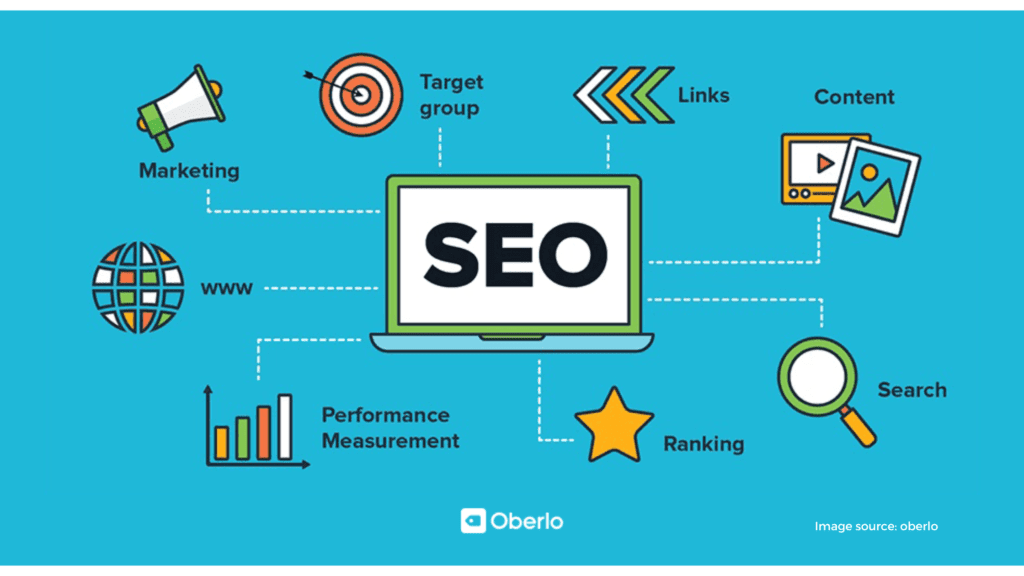
The phrase “Search Engine Optimization” refers to optimizing your website for search engines. It’s the practice of enhancing your website so that it appears at the top of Google search results, and you’ll need a professional who understands how Google ranks pages to handle this. The fact is, most web developers are unfamiliar with SEO, and while clients want SEO because all customers ask for it, few understand what it is. The only way to tell if an agency can provide useful SEO is to ask them to show you their clients’ ROI. The key question you should ask is, “Can you show me how many terms your customers rank for on Google’s first page?” There are several technical areas involved in SEO that must be considered. If your website isn’t optimized with these elements in mind, it will always limit your performance. However, SEO also includes the material on your website as well as virtually every aspect of your online presence that exists elsewhere on the internet outside of your website.
2. Service Pages and Blogs
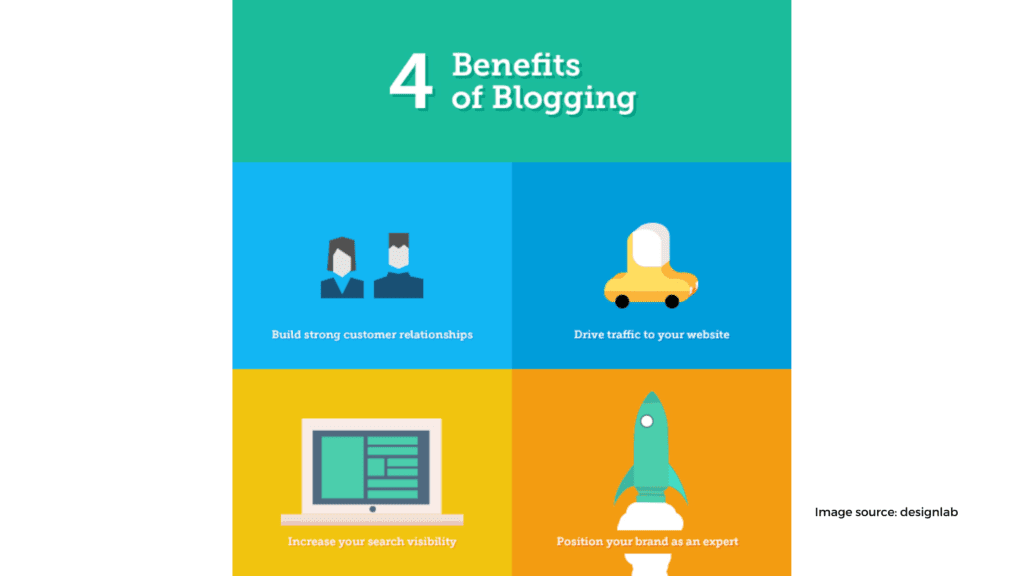
Every service that your veterinarian practice offers should have its own “service page,” which should provide comprehensive information about the service. Once you’ve built a solid service page, it’s critical to maintain it up-to-date by publishing blogs on a related sub-topic on a regular basis. The latter half of the article is about converting visitors into clients. This begins to transform your website into an incredible information source on the subject, and Google will start to reward you with better search rankings and increased visits. This may be quite simple or difficult. The difference is in how we understand what pet owners want to discover online and how we create the material swiftly.
3. Social Networks
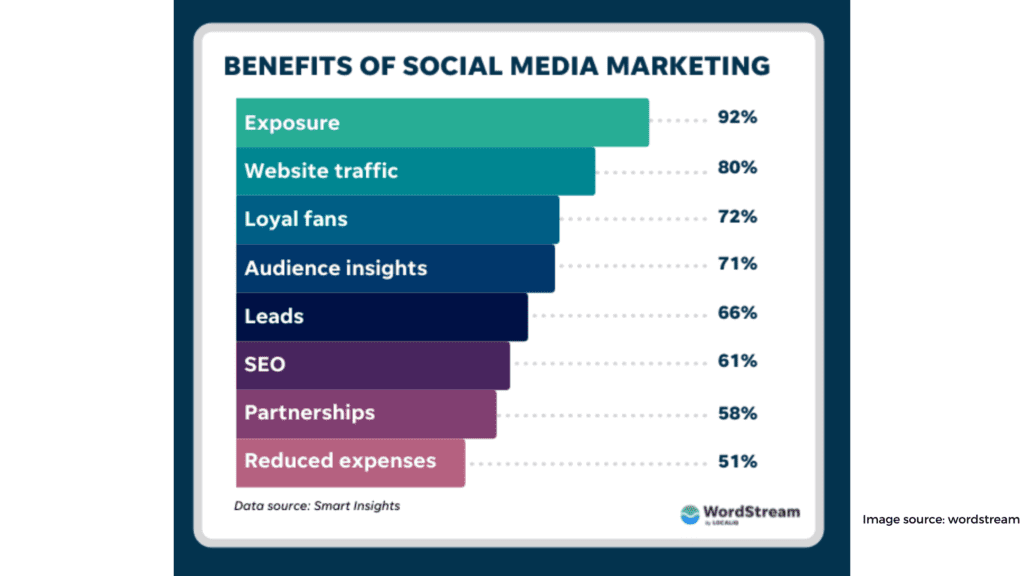
Social media marketing involves the process of creating and sharing content on social networks in order to achieve marketing objectives. The platforms that are most commonly used for this purpose are Facebook, Twitter, LinkedIn, and Instagram. As part of the various digital marketing channels, a social media strategy should focus on creating and publishing content that is interesting and engaging, as well as on building relationships with potential and current clients. It’s important to keep in mind that social media should not be used as a platform for selling, but rather for developing relationships.
Social media usage is one of the most prevalent online activities, with 79% of people in the United States having a social networking profile. Even if your potential clients aren’t in immediate need of your services, using social media to connect and engage with local pet owners helps you build and maintain business relationships.
4. PPC

Pay-Per-Click (PPC) advertising is like traditional media advertising in that you must pay to have your message seen by consumers. nHowever, it is far superior than conventional media advertisements in that you may target your ads towards people who fulfill very specific criteria such as physical location, hobbies, what they type into search engines, or whether they have ever visited a certain website. You only pay if people actually click on your ad and go to your site. Google ads are the most popular form of PPC, and they appear at the top of Google search results.
PPC allows you to track exactly what pages on your website they visit and what actions they take, such as calling or filling out a form. A well-designed and properly managed PPC campaign can produce a high return on investment.
5. Referrals
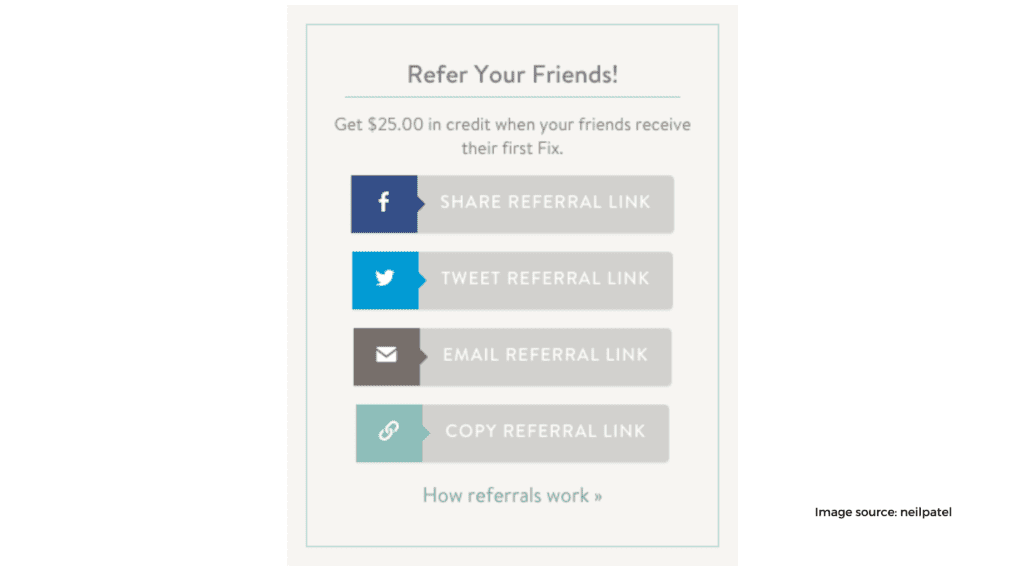
As part of offline marketing, word-of-mouth has always been a powerful and cost-effective marketing strategy. Your clients’ friends and relatives are now able to connect their pets with your veterinary practice using social networks. The key is to offer your customers something compelling to promote about your business. In the right sort of posts, contests, or lobby and exam room signage, for example, a viral social explosion in your neighborhood might result in a large increase in new client appointments. Of course, there are numerous additional channels and techniques that may be used to enhance your business based on client goodwill.
6. Directories
Business listings websites are websites that provide information about your company, such as the name, address, phone number, and more. Yelp, Google Maps, Local Pages, CitySearch, and other examples are examples of this. While there are thousands of these kinds of sites on the internet today, only about 50 of them are really significant for a veterinary clinic’s online presence. They all offer free profiles with several different requirements that must be met in order to support your SEO and maintain a constant online presence for clients looking for your practice online.
7. Reviews
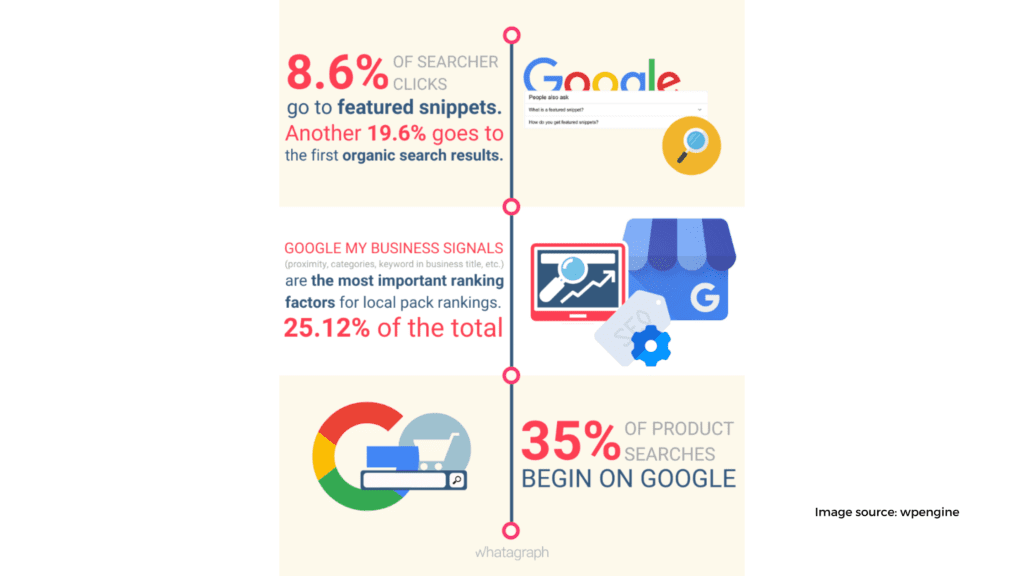
Online reviews are one part of the internet that most company owners despise, but 88 percent of customers check online reviews before contacting a local service business. Online comments are an important aspect of a veterinarian’s reputation and must not be taken lightly. Your clients are letting others know what they think of your practice via online review sites, and you must engage yourself. You must draw attention to the positive aspects as well as address the negative ones. You should be on the lookout for poor conduct.
8. Analytics and Reporting
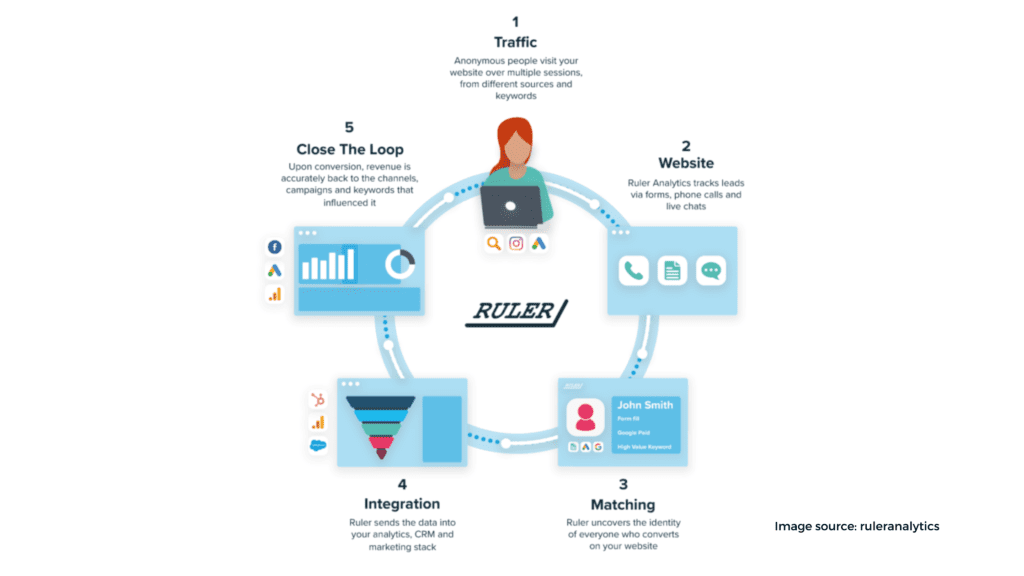
Analytics reports are perhaps the most important component of online marketing since they allow you to quickly see just how effective your online marketing efforts are. You can quickly identify what’s working and what isn’t once you’ve created it correctly, and you may use that information to make adjustments to your marketing strategies. This feedback loop virtually ensures that your efforts will improve over time as a result of this data analysis. Marketing tools and software can assist you in determining where you are currently while also assisting with year-over-year gains and month-over-month improvements by analyzing the data. Marketing automation tools and software can also save you time by scheduling and reporting on tasks that must be completed regularly.
9.Emails and Newsletters

Email marketing is one of the most important digital marketing campaigns in your arsenal. It can be used to cultivate relationships with clients, promote new services, offer discounts, and increase loyalty. Your clients want to hear from you on a regular basis, but they don’t want to be bombarded with marketing messages. A good rule of thumb is to send one email per week with interesting and relevant content. Newsletters are a great way to keep your clients updated on new services, events, and promotions.
10. Mobile Marketing
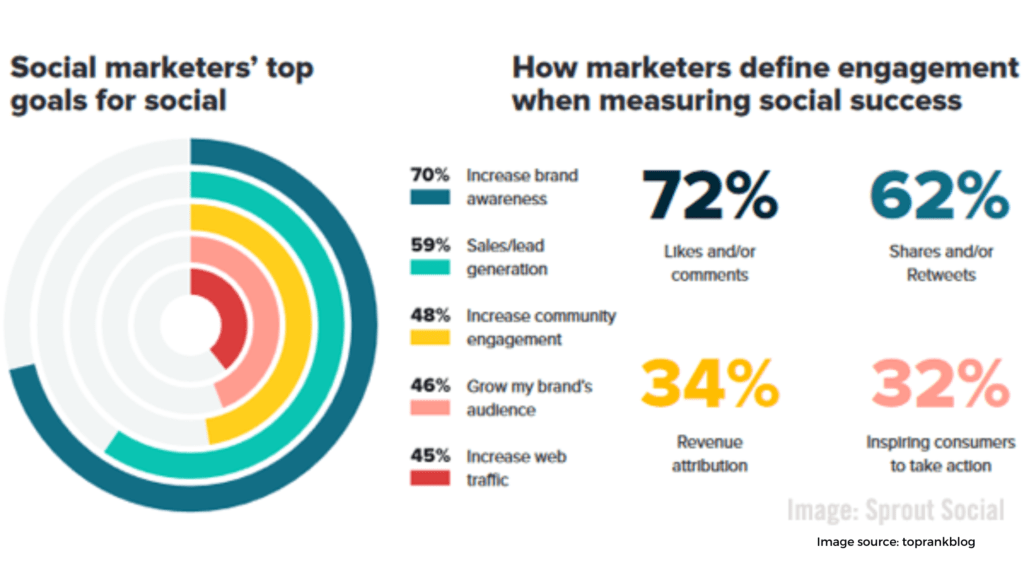
With more than 60 percent of internet searches now being performed on mobile devices, it’s important to make sure your veterinary practice is visible on these devices. Mobile marketing can be as simple as having a mobile-friendly website or creating a mobile app. Mobile apps are becoming increasingly popular and can offer a variety of features such as appointment scheduling, GPS directions to your office, coupons, and more. If you want to reach your clients where they are, mobile marketing is a must.
Conclusion
As a result of the ever-changing online landscape, it is important for veterinary clinics to understand and utilize various marketing strategies in order to maintain a successful online presence. The eight strategies discussed in this article are some of the most important for any veterinary clinic looking to attract new clients and grow their business. If you have any questions or would like assistance implementing any of these strategies, contact a veterinary marketing company today.






